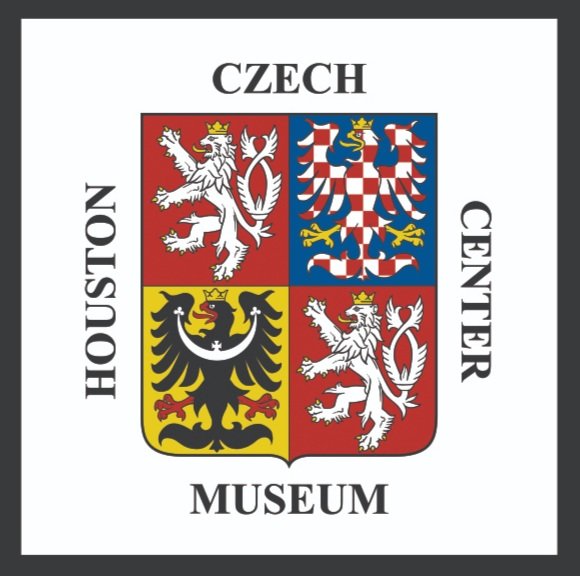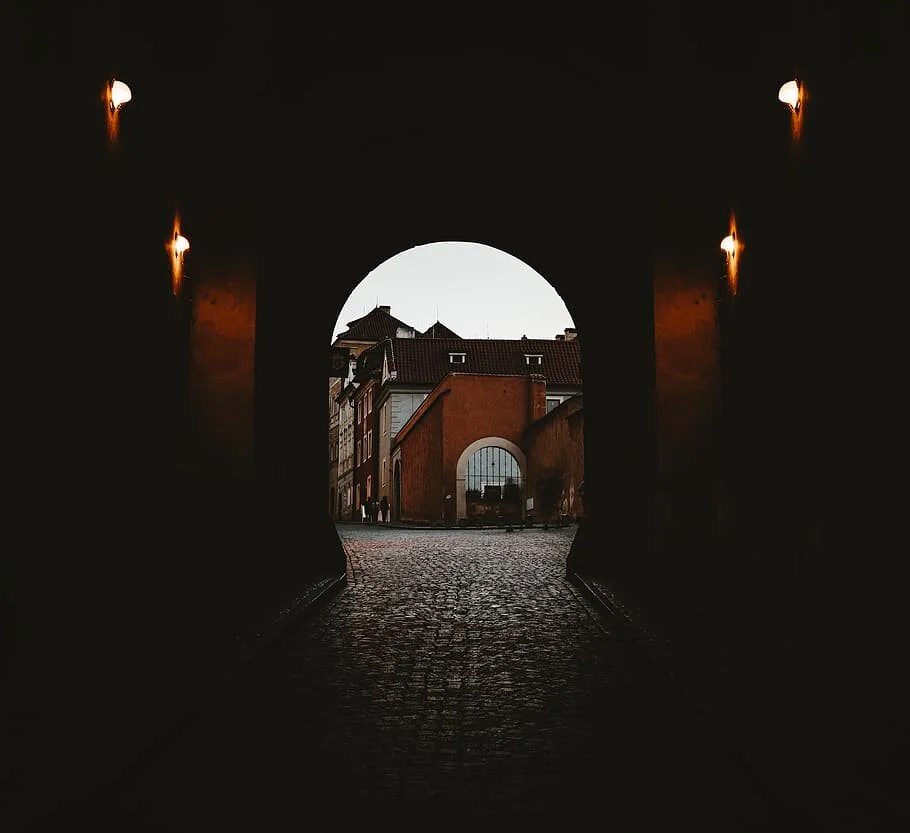During the reconstruction of Prague’s tourist district, numerous cobblestones were found to be fashioned from Jewish headstones. This discovery had confirmed the long-held suspicion of the former communist regime stripping synagogues and graveyards for building materials. As more of the headstones were uncovered, efforts to restore and identify the stones started. The stones were brought to the Jewish community to be used in a memorial.
Masons laying new Cobblestones in the street, Prague
Around the 1980’s, during the communist regime in Czechoslovakia, the base of Wenceslas Square and Prague’s high street Na PĹ™ĂkopÄ›, were under construction to make pedestrian walkways. The building materials for the streets were primarily sourced from a neglected 19th-century Jewish cemetery in Chomutov and other areas. Headstones were broken down and divided to look like cobblestone when faced down.
Cobblestones with Jewish tombstone fragments on display at a construction site at Wenceslas Square in Prague, Czech Republic, 6 May 2020. (Photo by EPA/MARTIN DIVISEK/MaxPPP)
The walkway project was completed to be showcased for the Soviet leader Mikhail Gorbachev’s visit to Czechoslovakia in 1987. The Soviet Leader’s visit to Prague included an hour-long walking tour at the bottom of Wencelas Square, where the headstones had been placed.
The discovery of the gravestones was made during a reconstruction project in the city’s historic square earlier . A senior official with the Prague rabbinate, Rabbi Chaim °´ÇÄŤĂ looked on as the construction workers revealed the cobblestones and their history. When turned over, the stones revealed Hebrew lettering, family names, and dates of birth and death. While other stones where blank they were smooth and polished. This was evidence enough that disclosed where the stones originated from.
Before World War Two the Jewish population was about 35,000 and around 1946 the population was about 50,000. During the time when the gravestones where used, around the 1980’s, the Jewish population in the country was just around 8,000. In an , Leo Pavlat, the director of the Jewish Museum in Prague recalled “It wasn’t easy being Jewish back then,” in reference to the Communist era.
The stonework was first under question when Leo Pavlat worked on the restoration and uncovered two stones with characteristics of Jewish headstones. After his discovery, the Prague city council allowed the Jewish community to inspect the site once the redevelopment started.
Witnessing the recovery of the stones Rabbi Chaim °´ÇÄŤĂ said “We feel this is a victory for us because until now this was just a rumor. Maybe there were Jewish stones here, but nobody knew,”.
Upon further inspection and restoration, one stone appeared to date back to 1877 while Prague was a part of the Habsburg empire. The most recent date of death uncovered was in the 1970’s during the height of communism.
“We are making something right for the historical record. These are stones from the graves of people who were dead for maybe 100 years and now they are lying here. It’s not nice.” °´ÇÄŤĂ said.
According to Radio Prague International, a project called is working to identify and restore some gravestone fragments. In addition, the community leaders plan to bring the stones to form a memorial in the old Jewish cemetery in Prague’s Ĺ˝ľ±Ĺľ°ě´Ç±ą district.





